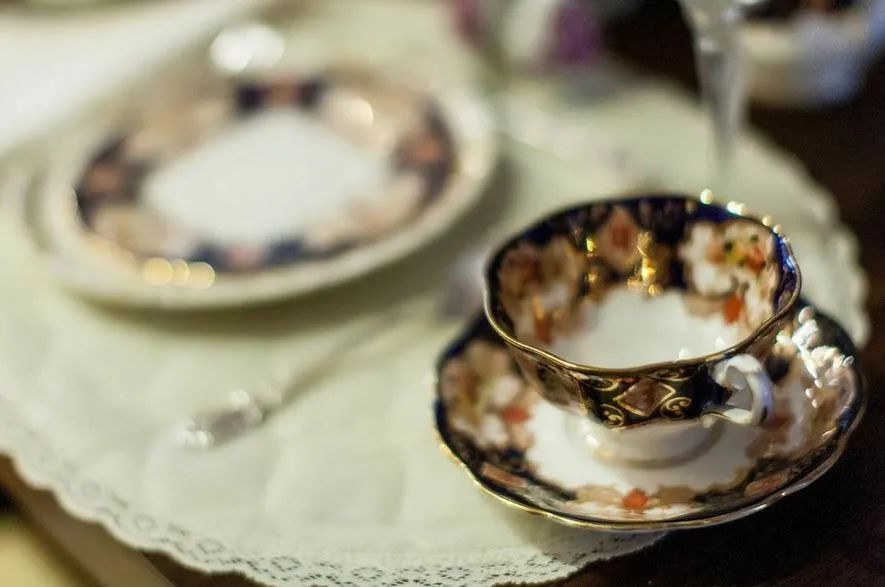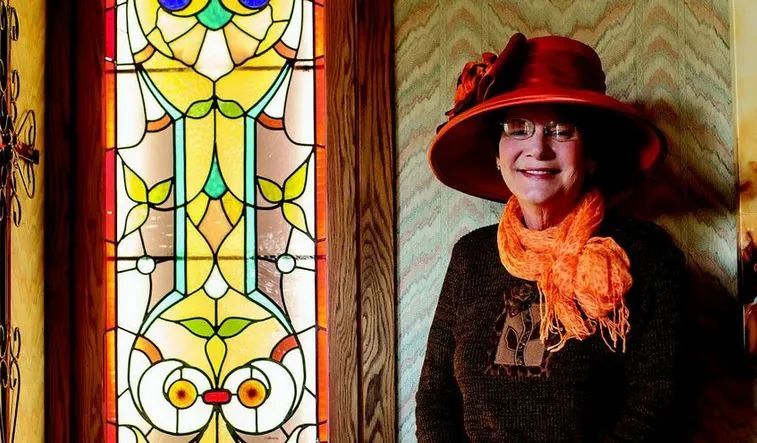
Mind Your Manners
Polish Up On Your Etiquette Before the Holidays Hit!
Tea time may be an old-fashioned tradition in these parts, but it’s got a few valuable lessons to teach in the way of etiquette. Sure, etiquette might be just as old-fashioned, but it never goes out of style, says Lorraine Marsh. You might call her the 'Emily Post of the High Plains.' She’s been passionate about entertaining and etiquette her whole life.
“It doesn’t matter where you entertain, it can be out on the deck watching the birds or sitting by the fireplace, what matters is that your guests enjoy themselves.” Lorraine says. Between teas, luncheons, dinners and parties, Lorraine and her husband, Steve, entertain on average once a week. Whether it's casual or formal, Lorraine loves every minute of it.
When entertaining, Lorraine says to start with the little things. Keep in mind that older folks will need a place to sit, and can’t usually stay late. Little kids need something to do, and you might need to rearrange the room a little as you think about where your guests will gather. Have plenty to eat and drink on hand – it doesn’t all have to be homemade, Lorainne says – and, of course, be ready. Don’t keep your guests waiting.
Lorraine has a large collection of books on etiquette, and an even larger collection of hats – more than 1,400 of them – but that’s a different story entirely. She always wears a proper hat almost everywhere she goes.
Her fascination with etiquette started when she was a little girl and she would have tea with her mother, who loved to entertain. They lived in Harlem, Montana, a tiny town on the Hi-Line. Even there, etiquette had its place. She was eager to learn the proper way to set a table, and how to behave when company came. As she grew older, she helped her mother more, and as a young woman, threw parties of her own.
When it comes to children, Lorraine says it’s important for them to get the basics of etiquette early. They can learn by attending gatherings with their parents. Lorraine welcomes children at her gatherings, and when they come she tries to put them at ease, and let them know her expectations. And it helps to give them something to do, she adds.
“A lot of them really want to know how to set a table,” she says. “Tell them what’s going to happen and why.”
Lorraine was a teacher for 45 years and plans to teach a manners and etiquette class for children starting this spring at the High Plains Women’s Museum. She promises they’ll be not only informative but fun.
She’s always believed that good etiquette is important no matter the setting, and no situation too casual for good manners. When someone lets their manners slip, Lorraine says let it go, try not to take notice or, if it's appropriate, laugh it off.
“Humor is a big part of entertaining,” Lorraine says. “Somebody’s going to make a mistake, and goodness knows I’ve made them all.”

So you’ve been invited to a formal dinner
Lorraine's quick guide to the etiquette basics
What to expect for a formal table setting
Your dinner plate will be at the center, usually with a salad plate on top. To your immediate right, the knife and spoon, and to your left, forks for salad and dinner. The salad fork will be farthest to the left. As a rule, you’ll “work your way in” with the silverware. The salad fork will be used first, and likely so will the spoon –for soup or tea. Also on the left will be your napkin, and farthest to the right will be your cup and saucer. Almost directly above your plate and a little to the right will be your water glass, flanked by a wine glass, or two, on the right. Your bread plate and knife will be up and to the left, and dessert fork and spoon with be directly above your plate. Be ready for change-ups, though. Your host or hostess might bring out china, glassware or silverware with each course, especially if there isn’t room on the table for a whole formal setting. Buffet style, you can expect your plates to be placed near the food.
It’s time to eat, now what?
If the food is on the table, you’ll help yourself to the item in front of you and pass to the right unless your nearby neighbor to your left asks for something, then it’s okay to go to the left. If you’re being served, expect the food to come from the right. Your empty plate will be removed from the left. When you’re finished, place your silverware on the plate far enough in so it won’t be dropped. Don’t place dirty silverware on the tablecloth or placemat. Once you pick up your napkin, it should not return to the table until you are finished. Keep it flat on your lap when it’s not in use. Elbows off the table, but you knew that. Right?
Don’t forget! Thank your hostess
We live in a busy world, and although a formal thank you note is best, it’s also unrealistic for many people. But that doesn’t mean you shouldn’t thank your hostess. Lorraine recommends a phone call the next day, or an email will work too. When you call, try to find one or two things that impressed you or that were especially thoughtful and be sure to mention them.










